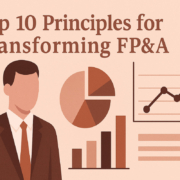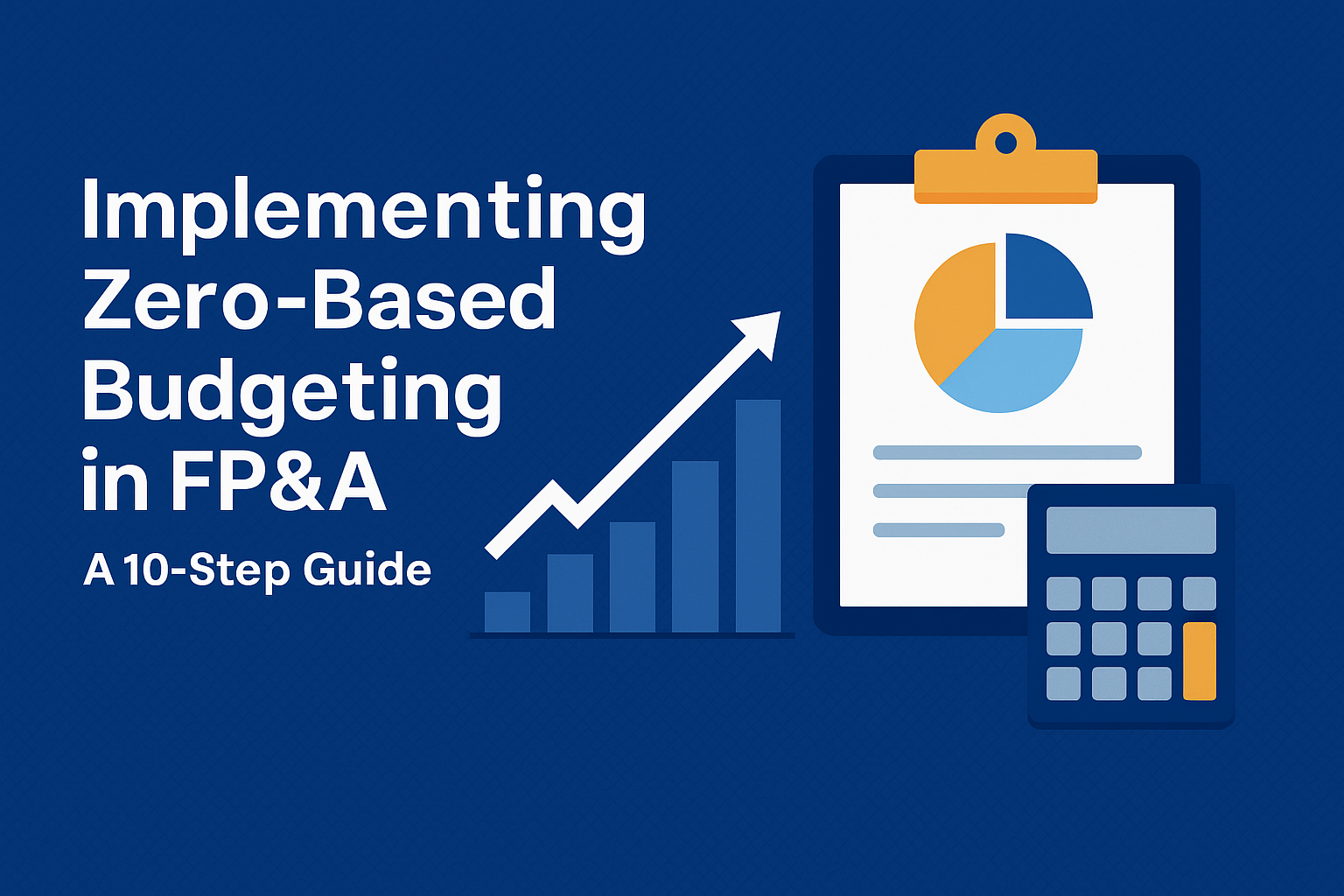The 5 Most Common Mistakes I See in Financial Models—and How to Fix Them
Financial modeling, when it’s good, is like jazz—dynamic, structured, and intentional. When it’s bad, it’s a car crash on the freeway: you can’t look away, and everyone’s pretending it’s still moving forward. I’ve reviewed hundreds of models in my career, from scrappy startup decks to nine-figure buyout scenarios. Some were elegant. Many were… not.
The most painful thing? The same five mistakes keep showing up. And they’re not just rookie errors. I’ve seen Big Four veterans make them. I’ve seen MBA-wielding CFOs overlook them. They’re everywhere.
This post breaks down the five most common mistakes I see in financial models—and how to fix them before your board deck blows up or your investor walks.
Mistake 1: Confusing Growth With Scale
Growth is easy to model. It’s linear. It’s a nice little uptick from last quarter’s sales. Scale? That’s harder. That’s where your costs don’t behave. Your ops break. Your unit economics wobble.
What I See:
- Revenue jumps 3x, but COGS and fulfillment costs stay flat.
- Headcount grows, but there’s no corresponding uptick in tools, training, or benefits.
- Models assume revenue per head stays static—even as roles shift from generalists to specialists.
Why It’s a Problem:
It creates a fantasy world where companies triple ARR without breaking a sweat. Investors might not catch it right away. But when they do? You’re labeled unserious.
How To Fix It:
- Build expense drivers into your scaling logic (e.g., customer support ratios, sales ramp assumptions).
- Layer in operational breakpoints (e.g., warehouse capacity hits max at 10K units/month).
- Tie scaling costs to departmental KPIs, not just headcount.
Real-World Fix:
In one model I reviewed, a SaaS company expected to triple users but kept server costs flat. We refactored AWS spend to scale by user bandwidth needs. Result? A $4M opex correction—and a model that passed investor scrutiny.
Mistake 2: The Assumption Avalanche
This one’s sneaky. A model looks clean. Numbers flow. But buried inside are assumptions stacked like Jenga blocks—and no one’s mapped what happens when one slips.
What I See:
- Assumptions hard-coded into cells instead of referenced from a driver tab.
- Scenario planning? Nonexistent.
- One optimistic sales ramp drives the whole castle.
Why It’s a Problem:
Assumption drift happens fast. What worked at Series A collapses at Series B. If you can’t toggle key drivers in real-time, your model becomes obsolete the moment conditions change.
How To Fix It:
- Centralize all assumptions in a dedicated input tab.
- Use dropdowns or flags to drive scenario logic (base, upside, downside).
- Pressure test inputs monthly with real data.
Table: Example Assumption Audit Checklist
| Area | Assumption | Check Frequency | Sensitivity? |
|---|---|---|---|
| Sales Ramp | 10% MoM growth | Monthly | High |
| CAC | $500 | Quarterly | Medium |
| Churn | 4% monthly | Monthly | High |
| Customer Support | 1 rep per 100 users | Bi-annually | Medium |
| Cloud Infrastructure | $X/user bandwidth | Quarterly | High |
Mistake 3: Timeline vs. Time Logic
Time logic is what separates spreadsheet hacks from financial operators. Most models are built with timelines—they tell you when something happens. Time logic tells you how it happens.
What I See:
- One column per month, with manual entry of data.
- Revenue recognition based on invoice date—not delivery or accrual.
- Cash burn modeled as straight-line instead of reflecting AR/AP cycles.
Why It’s a Problem:
You end up with beautiful models that misstate runway by six months. Or worse—burn multiples of capital before realizing it.
How To Fix It:
- Use time-based formulas: EOMONTH, OFFSET, and logic for delayed effects.
- Separate accrual and cash logic explicitly.
- Model working capital shifts: when cash actually enters or exits.
Real-World Fix:
A PE-backed ecommerce brand modeled cash conversion as T+0. When we added 45-day vendor payables and 30-day receivables, the cash flow timing shifted so dramatically they renegotiated their credit line.
Mistake 4: Ignoring the Story Behind the Numbers
Here’s where models fail to resonate. They’re correct but irrelevant. They don’t match the narrative. They don’t speak to the operator or the investor.
What I See:
- KPIs buried five tabs deep.
- No dynamic summaries that tie results to strategy.
- A model that’s technically flawless but tells no story.
Why It’s a Problem:
The best models sell a vision. They answer: Where are we headed? What will it take? Why does this matter now? Without a story, your model is just a math puzzle.
How To Fix It:
- Create an executive summary tab: revenue, burn, EBITDA, CAC, LTV, cash runway.
- Tie your model outputs directly to board questions and investor priorities.
- Use visual tools (charts, heatmaps, flags) to highlight trends.
Mistake 5: Overengineering Instead of Operating
This one hurts because I’ve done it. We’ve all done it. You build a gorgeous, multi-tab, cross-linked monster. And no one uses it.
What I See:
- VBA scripts that break during copy-paste.
- Dozens of tabs with overlapping logic.
- A model that looks like it should be in a museum, not a boardroom.
Why It’s a Problem:
Your job isn’t to impress Excel. It’s to help the company make better decisions. If only you can operate your model, it’s not a model—it’s a liability.
How To Fix It:
- Kill vanity complexity. Simpler = scalable.
- Make your model self-documenting with notes, formatting, and tooltips.
- Test it with someone else: can they run a scenario in 2 minutes?
Pro Tip:
I always do the “coffee test”: I hand the model to a peer, go make coffee, and see if they can figure out the drivers before I return. If they can’t—it’s too complex.
Final Thoughts: Build for Clarity, Not Control
The best financial models I’ve seen aren’t the flashiest. They’re the most useful. They help a CEO understand what happens if churn ticks up. They help a CRO see how an extra rep moves the forecast. They help a CFO sleep better.
Build your model so that someone else can live in it. Strip out ego. Add transparency. Embed logic. Then pressure test it like your career depends on it—because it just might.
That’s what separates a good modeler from a strategic finance partner.
And that’s how you get invited back to the table.








Leave a Reply
Want to join the discussion?Feel free to contribute!